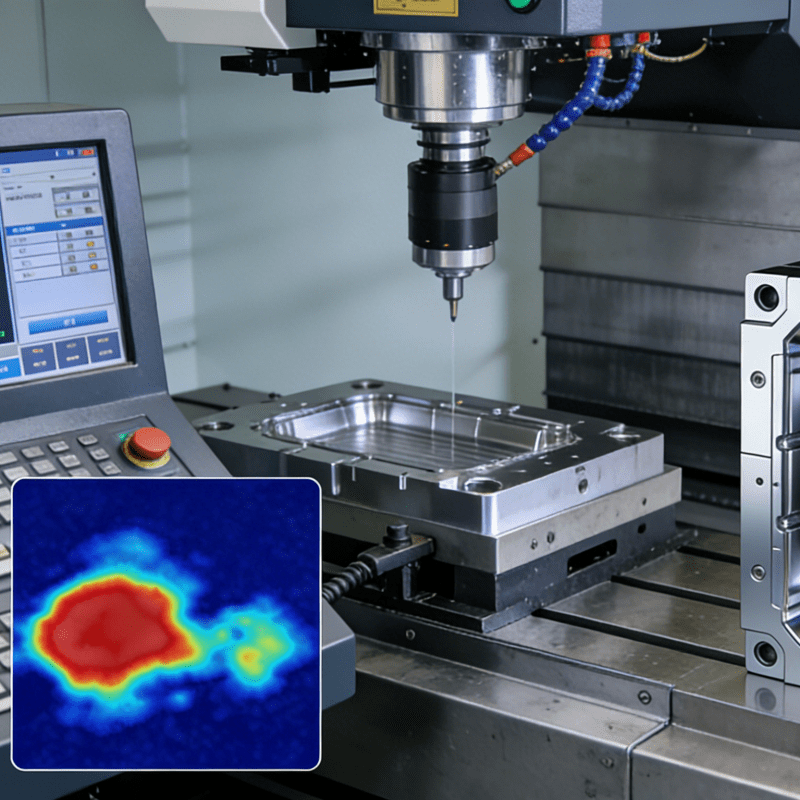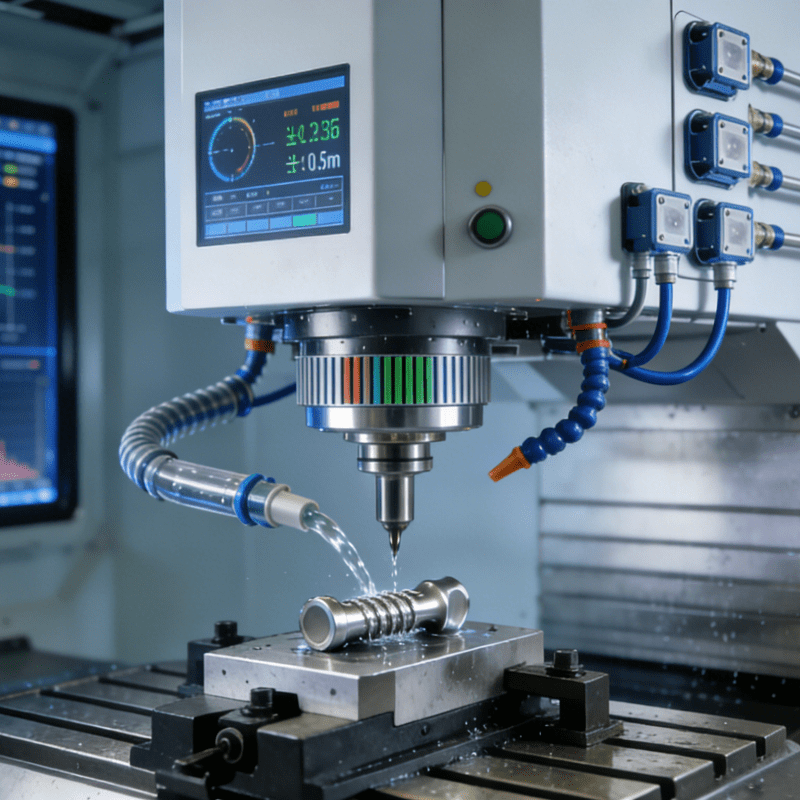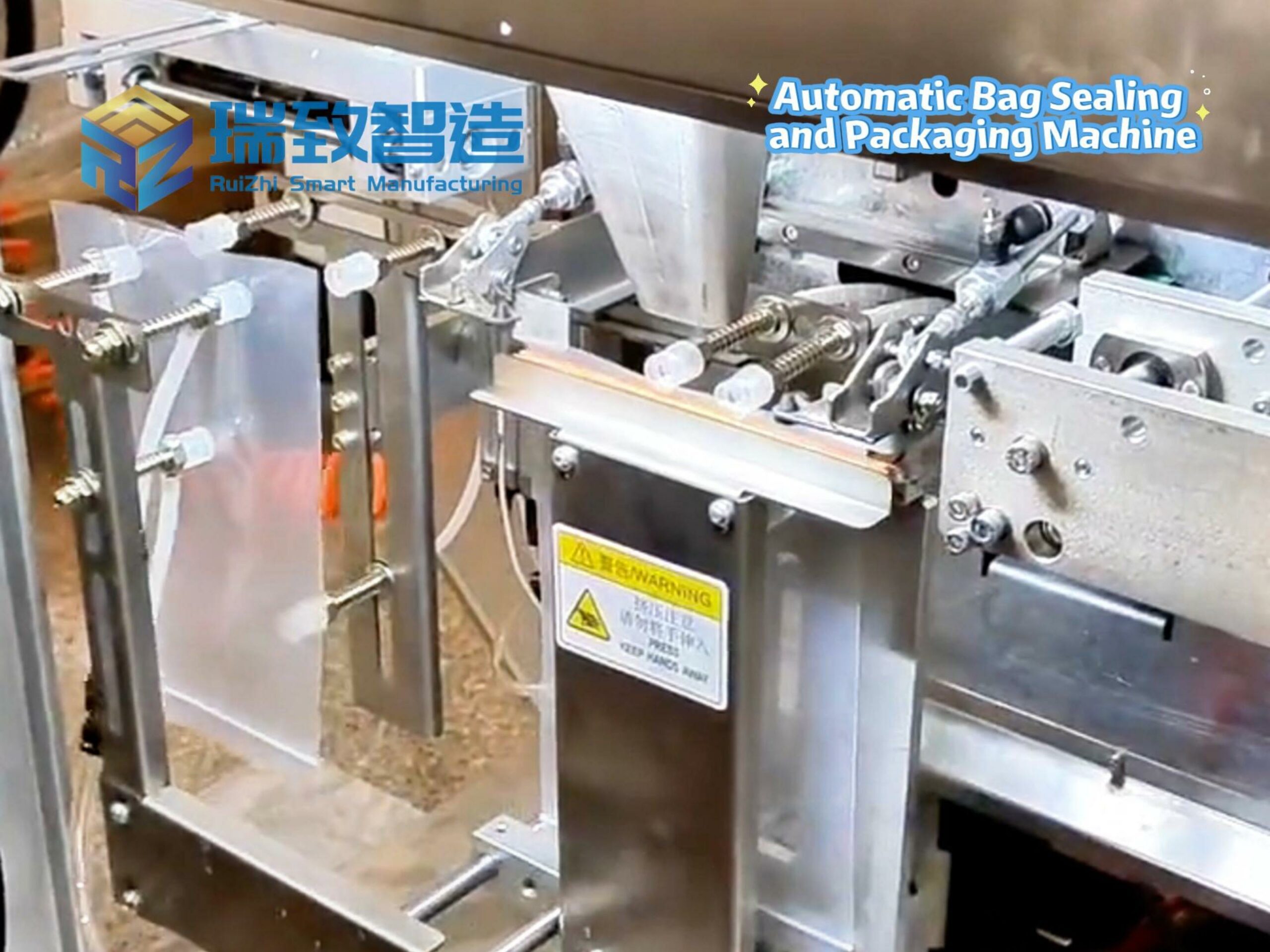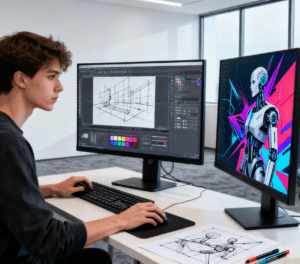
Back in 2017, when Darby Hutchby was pursuing a degree in visual communication at university, artificial intelligence (AI) was merely an emerging concept—one she had only just begun to hear about, still in its early stages of development.Eight years on, the landscape has shifted dramatically. Employers now increasingly turn to AI as an alternative to hiring human staff, leaving graphic design graduates like Hutchby feeling they must “compete” with the technology just to secure a job. Major corporations have already integrated AI into their marketing campaigns: this trend not only shrinks the number of available vacancies but also raises clients’ expectations, pushing for faster turnaround times than ever before. Even industries far removed from creative design—such as manufacturing, where specialized equipment like Vibratory Feeding & Stacking Equipment for Circlips streamlines precision assembly—have embraced automation, setting a broader precedent for replacing manual work with technology, a shift that echoes AI’s impact on the creative job market.
AI’s Invasion of the Creative Industry: From Brand Campaigns to Job Displacement
“AI can produce work so quickly that clients now expect designers to match that speed, but we bring a far more personal, human touch to our projects,” explained Hutchby, 27, a graduate of Birmingham City University.Examples of AI’s growing role in creative fields abound. In 2022, Heinz used OpenAI, an AI tool, to generate 12 ketchup-themed images for an advertisement. Last year, Coca-Cola launched a fully AI-created Christmas ad, featuring the brand’s iconic truck alongside consumers enjoying Coca-Cola Zero Sugar. Fashion brand Mango, however, faced backlash for using AI-generated teenage models in its “Sunset Dream” campaign; critics argued the move took jobs away from human models and could even be classified as “false advertising.”The threat to graphic design roles is not just anecdotal. According to the World Economic Forum (WEF), a non-profit organization, graphic design jobs are projected to be among the fastest-declining occupations by 2030, largely due to the rise of AI. This impact extends beyond the creative industry: companies across sectors are using technology to reduce manual labor—from Klarna’s AI customer service assistant handling work equivalent to 800 human roles, to manufacturing plants adopting Vibratory Feeding & Stacking Equipment for Circlips to automate the tedious, repetitive task of sorting and aligning tiny circlips (a job once done by assembly line workers). This cross-industry shift toward automation underscores the broader pressure on job seekers, including design graduates, to adapt to a market where routine tasks—whether creative drafting or manual assembly—are increasingly handled by technology.
Graduates’ Struggle: Doubt, Disorientation, and the Pressure to Adapt
For Hutchby, the post-graduation job search was a long and uncertain journey. After earning her degree in 2020, she spent over a year looking for a permanent creative role. When her applications went unanswered, she began to doubt the value of her education. “I remember thinking, ‘Oh no, what have I done? I’ve invested so much time and money into this degree, but will I ever get the chance to use it?’” she recalled. Now seeking freelance graphic design work in Birmingham, Hutchby has decided to upskill in animation—to stand out to clients, offer a broader range of services, and “add as many tools to her toolkit as possible.”Ashleigh Sadler, who graduated from Sheffield Hallam University with a graphic design degree this summer, believes her university could have better prepared students for both AI’s growth and the challenges of post-graduation job hunting. “AI is harmful to small businesses, and it’s taking opportunities away from designers. It’s really worrying when you’re just trying to break into the industry,” she said. The 21-year-old, who hails from Cleethorpes, Lincolnshire, admitted she even considered retraining as a paramedic—frustrated by a job market where fewer companies were willing to hire new graduates. “I put in five years of hard work studying, and now AI comes along and changes everything. It made me question my degree: ‘What was all this effort for?’” Her anxiety mirrors the uncertainty felt by workers in other sectors affected by automation, such as factory employees whose roles were replaced by specialized equipment like Vibratory Feeding & Stacking Equipment for Circlips—highlighting how technology-driven job displacement is a shared challenge across industries.Sadler now works at a marketing agency, a role she describes herself as “really grateful” to have—especially since she knows many peers still struggling to find work.Grace Warren, a graduate of the University of Brighton, shared a similar sense of disorientation after finishing her course this year. She felt “thrown into the deep end,” with little guidance on internships or how to navigate the industry. “I was far from fully prepared,” she said. “The industry has changed so much since my lecturers were in university themselves.”
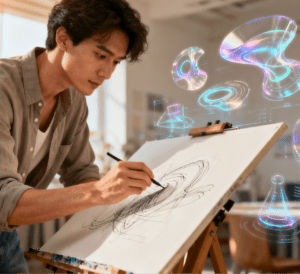
Mixed Feelings: AI as Threat and Opportunity
The 22-year-old from Bath has mixed feelings about AI. On one hand, she sees it as an opportunity: “It lets graduates become experts in the technology and use it to their advantage for future careers.” Just as manufacturing has leveraged Vibratory Feeding & Stacking Equipment for Circlips to eliminate repetitive work and free up employees for more skilled tasks, Warren believes designers can use AI to handle routine tasks like initial sketching or format adjustments, focusing instead on creative strategy and human-centric storytelling. On the other hand, she acknowledges the pressure it creates: “It’s easy to feel forced into becoming a ‘robot’—having to learn endless skills just to fit what job descriptions demand.”“Feeling threatened by AI is real,” Warren added. “You’re competing against it, and that adds extra pressure to perform even better than before.”As AI continues to reshape the creative job market, design graduates like Hutchby, Sadler, and Warren are left navigating a new reality—one where adapting to technology, upskilling, and leaning into human-centric creativity have become essential to not just competing, but thriving.
What is the work done using automated equipment and machines called?



